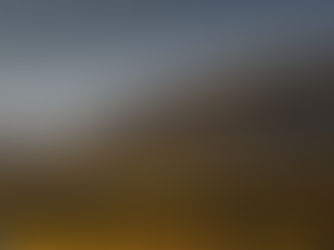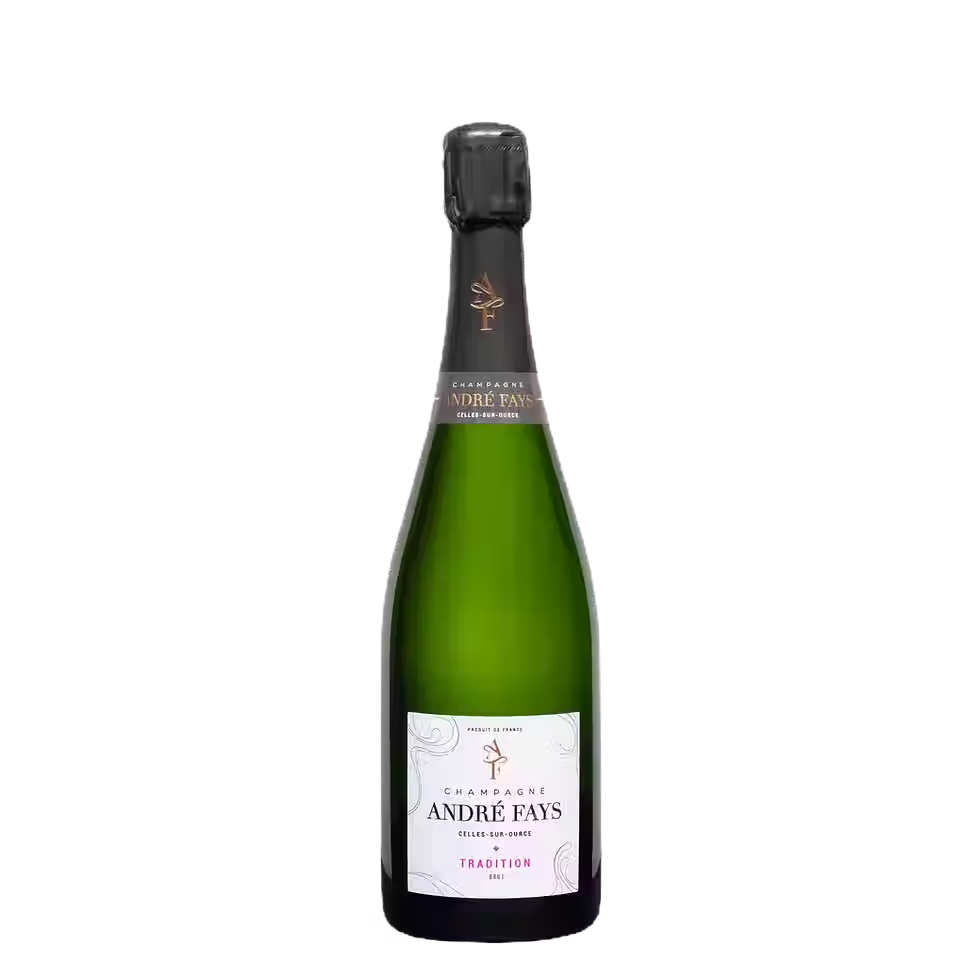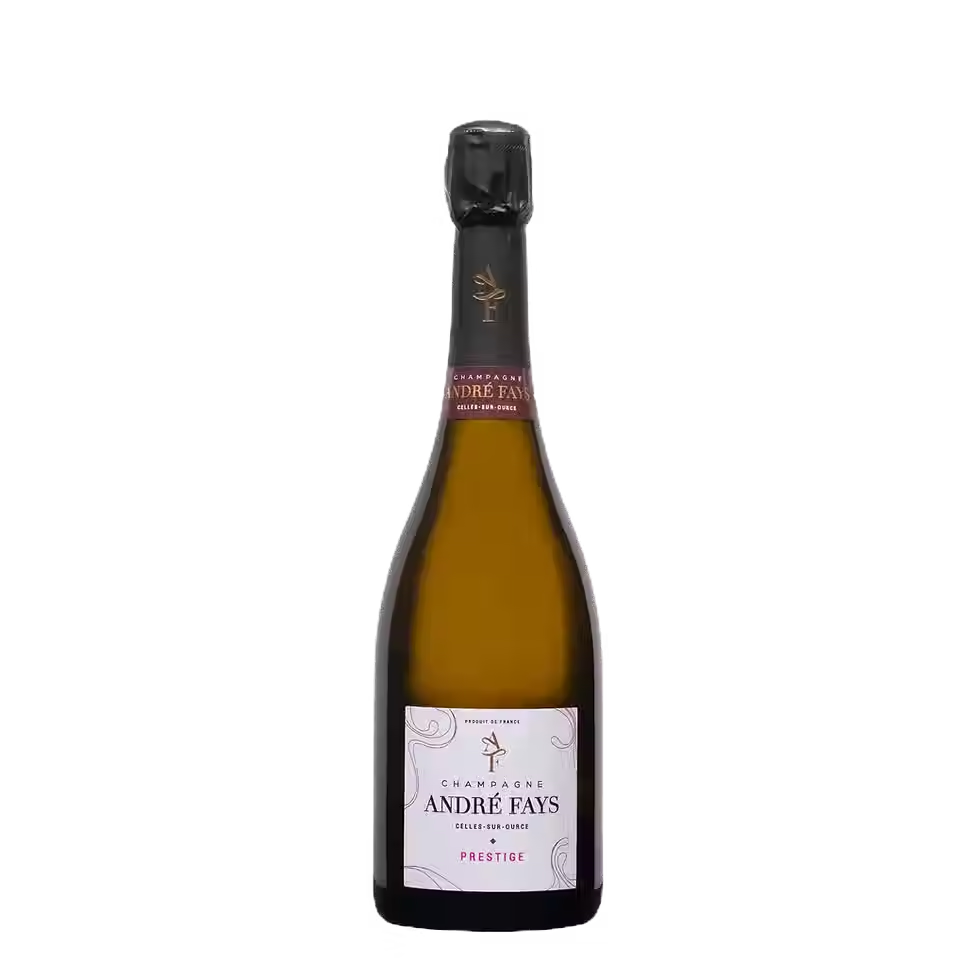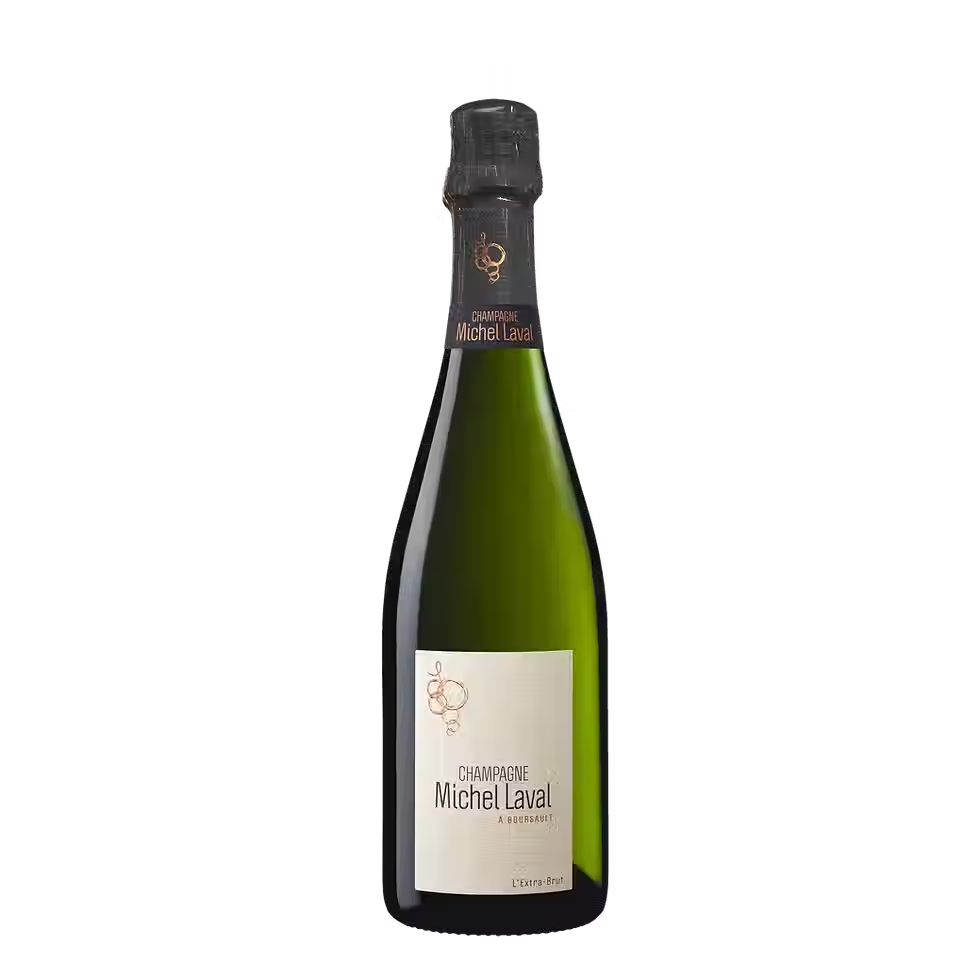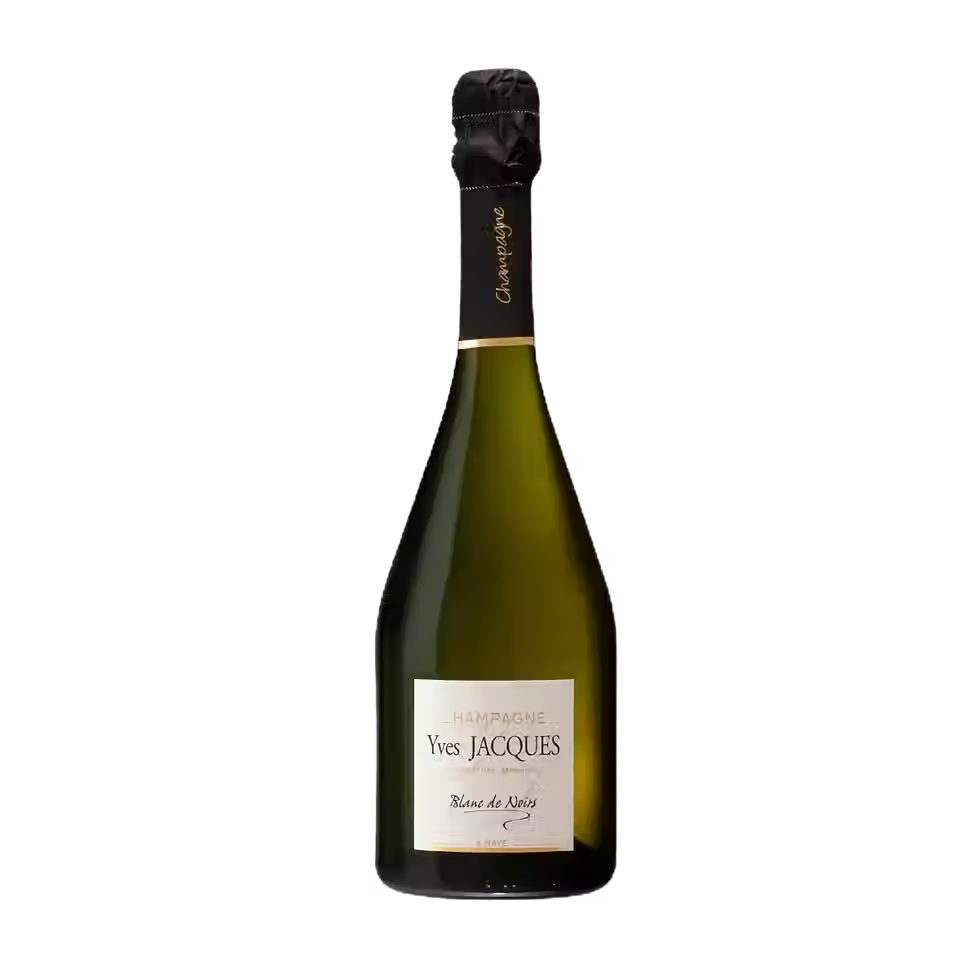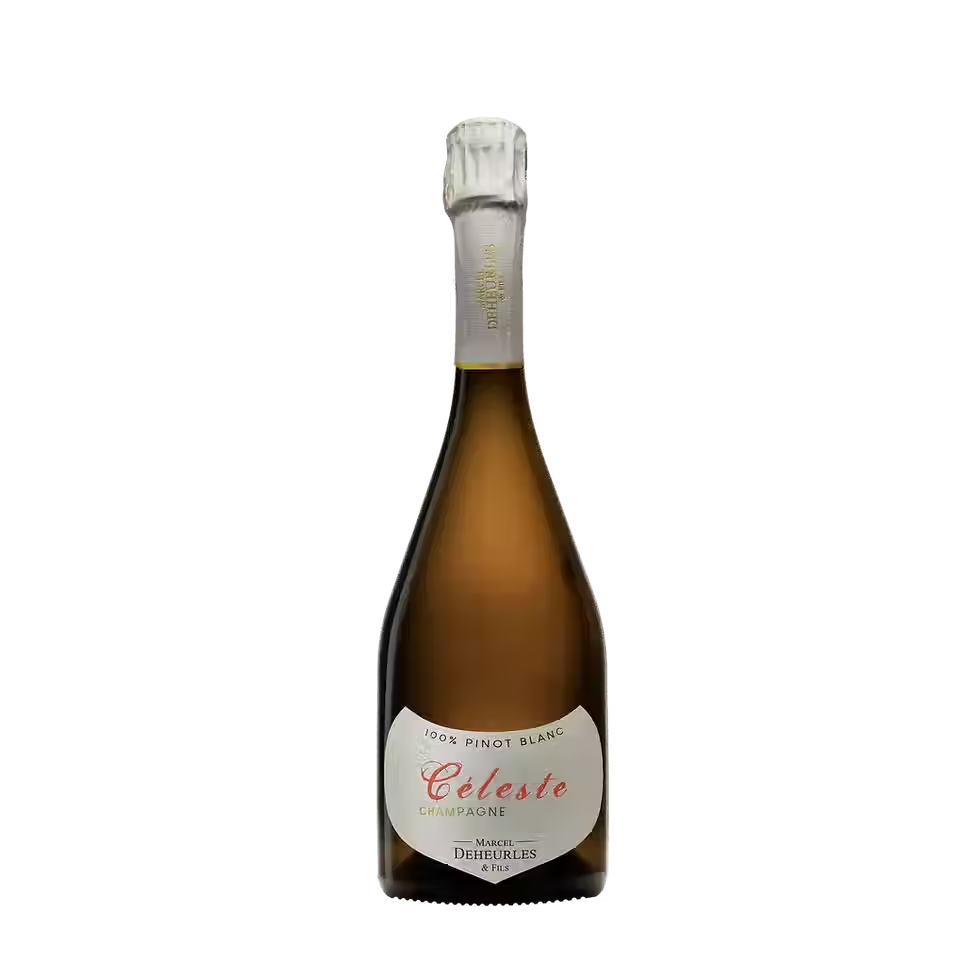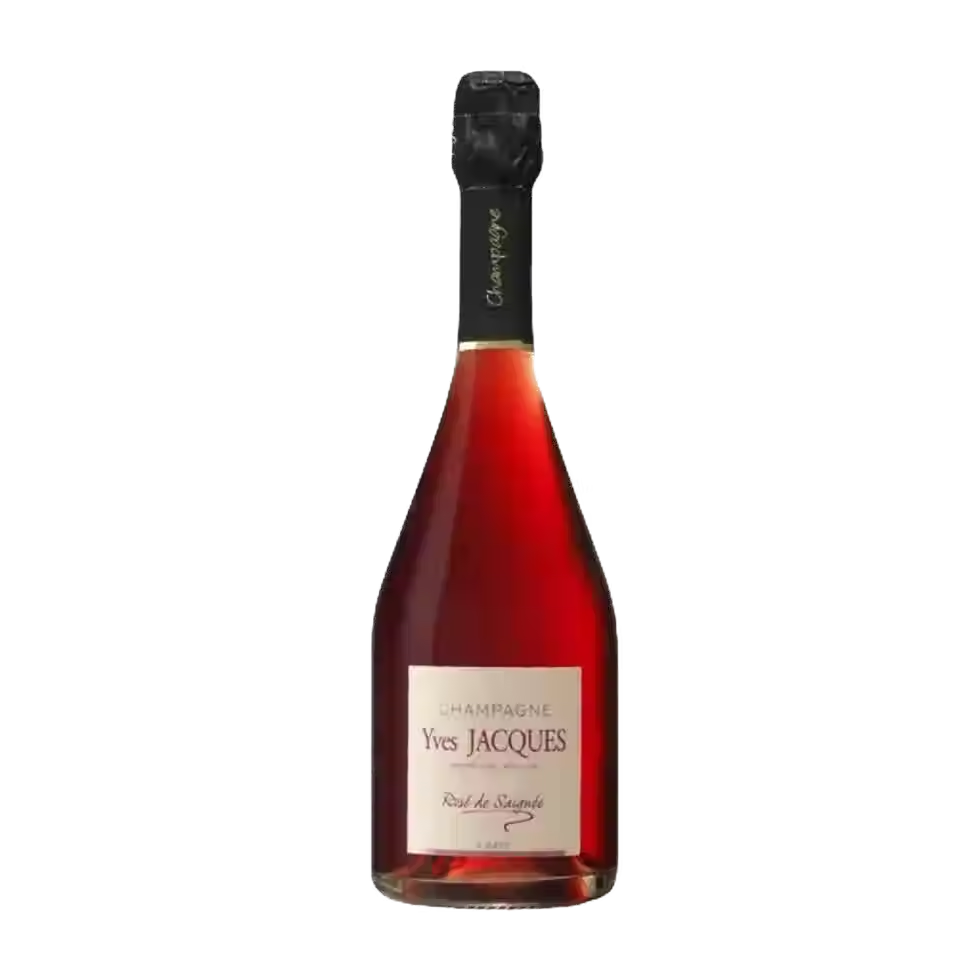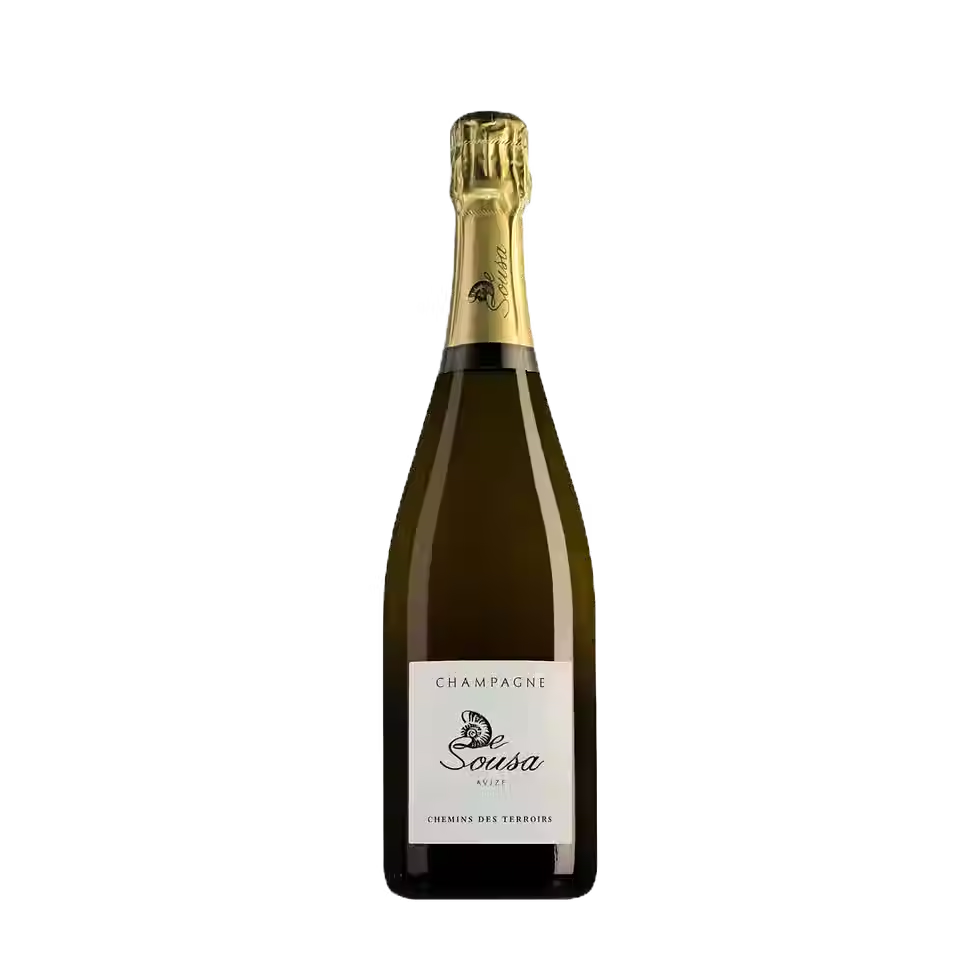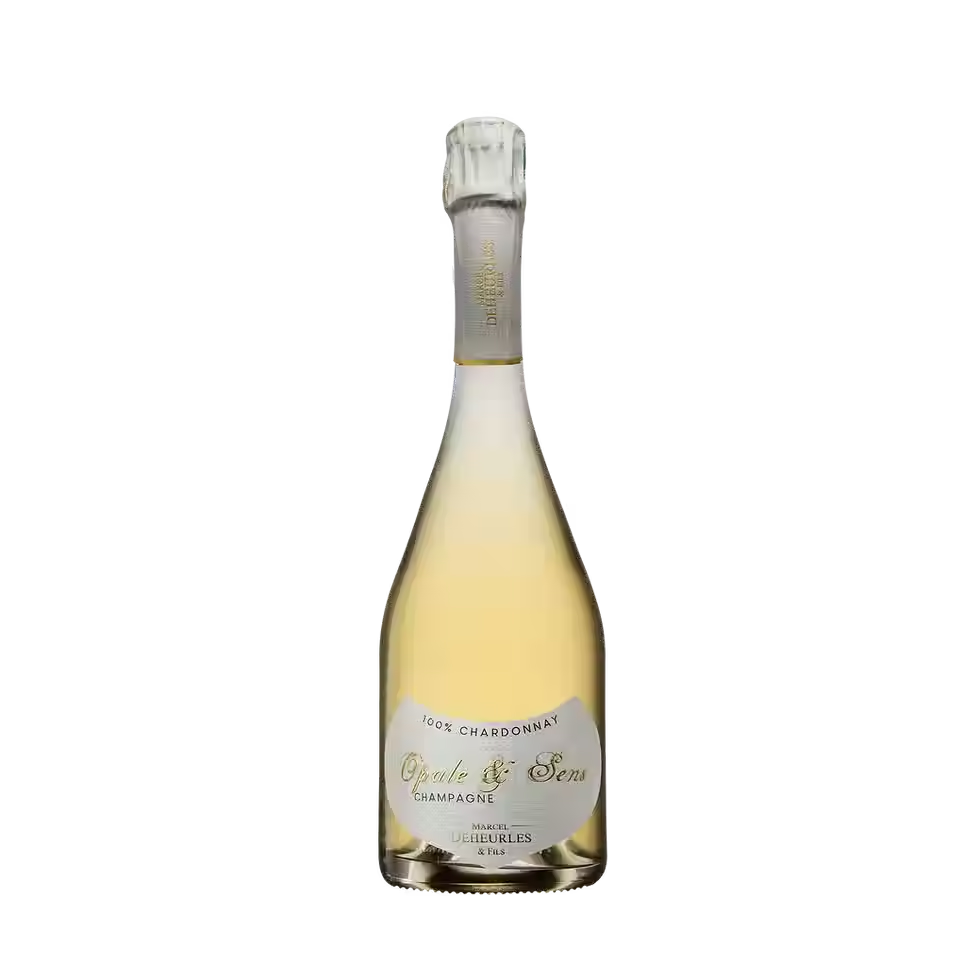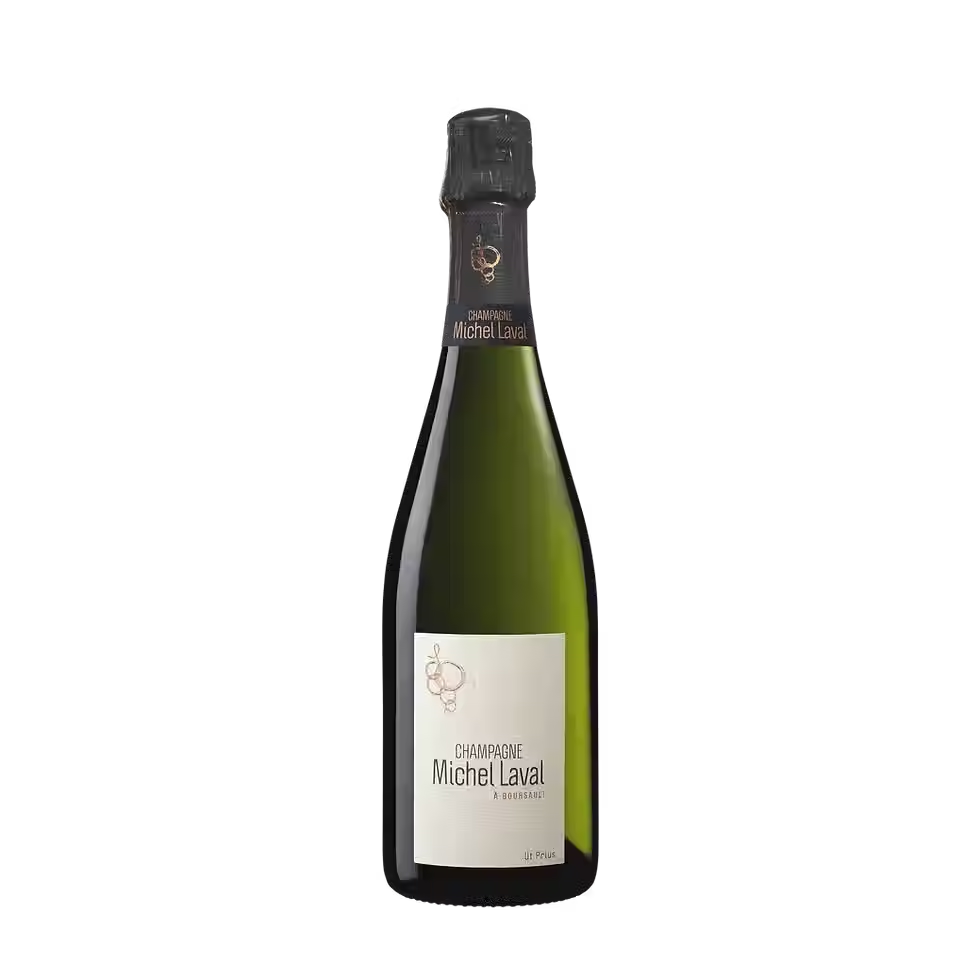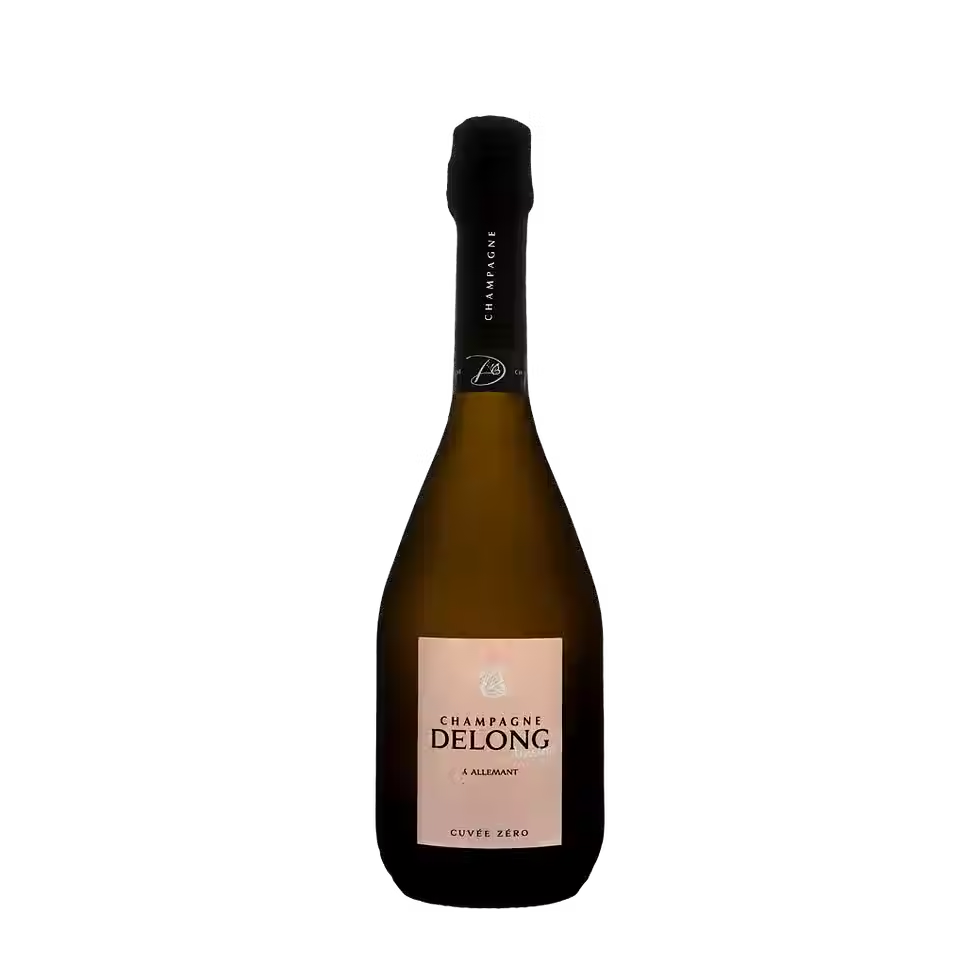Champagne Cost And The Price of Prestige: Why Is Champagne So Expensive.
- cecile-w
- Aug 4
- 4 min read
Updated: Sep 23

Champagne is often seen as the ultimate symbol of celebration, luxury, and status. But for many wine lovers, one question bubbles to the surface: why is Champagne so expensive? From the vineyards of northeastern France to exclusive tasting rooms, Champagne's price tag is driven by a mix of craftsmanship, heritage, and yes, marketing.
Let’s explore what makes Champagne so costly, which bottles command the highest prices, and why artisan Champagne and Crémant offer excellent alternatives for sparkling wine lovers.
What Drives the Champagne Cost Up?
Champagne's premium pricing stems from a perfect storm of geographical limitations, labor-intensive production methods, and time-consuming processes that set it apart from other sparkling wines.
1. Strict Production Rules (AOC Regulations)
Champagne is a protected name under French law and EU regulation. Only sparkling wines made in the Champagne region using the traditional method (méthode champenoise) and adhering to strict standards can legally be called "Champagne."
This Appellation d'Origine Contrôlée (AOC) designation creates an artificial scarcity that immediately drives up prices. The region's chalky soil and cool climate are ideal for champagne production, but the limited land means supply will always be constrained
Everything is controlled, from how the vines are pruned to how long the wine ages on the lees. These rules ensure quality but also increase production costs significantly.
2. Labor-Intensive Traditional Method
The Méthode Champenoise (Traditional Method) involves a lot of complex production processes:
Hand-harvesting grapes (machine harvesting is prohibited for most champagne)
Multiple fermentations
Riddling (manually turning bottles to consolidate sediment)
Disgorgement (removing sediment by freezing bottle necks)
Extended aging on lees (minimum 15 months for non-vintage, 3 years for vintage)
This labor-intensive process requires skilled workers and significant time investment, costs that are inevitably passed to consumers.
Unlike many wines that can be produced and sold within a year, champagne requires years of aging. Premium cuvées often age for 5-10 years or more before release. This extended production cycle ties up capital and storage space, creating carrying costs that contribute to the final price.
3. Prestige and Brand Power
Big Champagne houses like Dom Pérignon, Cristal, and Krug have built decades (sometimes centuries) of brand equity. This prestige allows them to price their bottles at a premium, even beyond the cost of production.
4. High Marketing Budgets
Many of the large Champagne brands invest millions in global marketing, celebrity partnerships, and event sponsorships (think Formula 1 or the Oscars). These costs are factored into the retail price.
5. Limited Land and High Demand
The Champagne region is relatively small, with limited vineyard space. As global demand rises, especially in luxury markets, prices naturally increase due to scarcity.
The most prestigious cuvées, like Dom Pérignon, Cristal, and Clos du Mesnil, are only released in specific vintages and in very limited quantities. Some houses age these wines for over a decade before release, tying up stock and adding further exclusivity.
Finally, the Comité Champagne (the region’s governing body) sets an annual cap on how many kilograms of grapes each producer may harvest. This limit ensures quality and balance in the market but also constrains supply, especially in years of high global demand.
The World’s Most Expensive Champagnes
Here are a few examples of ultra-luxury Champagnes and what justifies their extreme pricing:
Champagne | Price (approx.) | Specificity |
Goût de Diamants “Taste of Diamonds” | €1.8 million | Diamond-studded label, custom bottle, exclusivity |
Armand de Brignac (Ace of Spades) “Midas” | €200,000+ | 30-liter bottle, celebrity-backed (Jay-Z), limited editions |
Dom Pérignon Rosé Gold 1996 | €40,000 | Rare vintage, iconic branding, aged to perfection |
Krug Clos d’Ambonnay | €2,000–€3,000 | Single-vineyard prestige cuvée, low production |
Cristal Vinothèque | €1,000–€4,000 | Extended aging, limited releases, luxury status |
In many of these cases, the bottle design, packaging, and rarity contribute just as much (if not more) to the price than the wine itself.
The Diminishing Returns of Ultra-Premium Champagne
While marketing suggests that more expensive automatically means better, blind tastings often reveal that the relationship between price and quality isn't linear.
Many ultra-premium champagnes are priced based on rarity and brand prestige rather than superior taste. The difference between a €80 bottle and a €800 bottle may be more about exclusivity than actual quality.
Looking Beyond the Labels: Artisan Champagne and Crémant
While prestige Champagnes dominate headlines and gift baskets, there’s a world of exceptional sparkling wines beyond the big brands, often at a fraction of the cost.
✨ Artisan Champagne
Small, independent Champagne producers (often referred to as Grower Champagnes) focus on quality, terroir, and minimal intervention.
These grower-producers focus their resources on viticulture and winemaking rather than marketing budgets. Hence, these Champagnes may not have gold-plated bottles or Super Bowl ads, but they often deliver exceptional craftsmanship and character.
🍇 Crémant: The Best-Kept Secret in Sparkling Wine
Crémant is made in other French regions (like Alsace, Burgundy, and the Loire) using the same traditional method as Champagne. The difference? Less brand prestige and lower land costs. In blind tastings, their complexity and elegance often surpass mass-market champagne at a fraction of the cost
Crémants like Crémant d’Alsace or Crémant de Bourgogne are:
Made with regional grapes
Aged on lees for depth and complexity
Perfect for casual sipping or special occasions
Often priced between €10–€25
For wine lovers who value finesse, freshness, and affordability, Crémant is a sparkling gem worth discovering.
Conclusion: You Don’t Need to Spend a Fortune for Great Bubbles
Premium Champagne’s high price reflects its tradition, marketing, and branding, but it’s not the only path to great sparkling wine. Artisan Champagne offers a more authentic, terroir-driven experience, while Crémant provides amazing quality at a friendlier price.
For conscious consumers seeking quality over prestige, artisan champagne and Crémant offer a path to genuine craftsmanship and authentic flavor without paying for marketing campaigns and artificial scarcity.
In a world where €300 premium champagnes might taste remarkably similar to €25 Crémant, perhaps it's time to question whether we're paying for the wine or the story we tell ourselves about it.
At The Champagne Fox, we believe in quality over branding. Our mission is to make Champagne and Crémant more accessible to everyone. That’s why we work exclusively with independent producers who prioritize sustainable viticulture.
Our pricing reflects that commitment: artisan Champagnes range from €25 to €75, while our Crémants are priced between €15 and €25, proof that excellence doesn’t have to come at a premium.
Whether you're toasting a milestone or enjoying a sunny afternoon, there’s a bottle for every budget.
Explore artisan Champagnes and Crémants in our online shop and raise a glass to great taste without the luxury markup.













